Structural & Acoustics Blog Posts

Studying the Artificial Ground Freezing Method with Simulation
Artificial ground freezing (AGF) is a valuable process in the construction industry. Researchers from China modeled groundwater flow to optimize an artificial ground freezing (AGF) process.
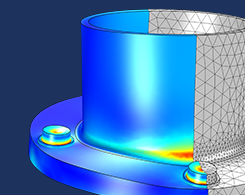
Introduction to Modeling Stress Linearization in COMSOL Multiphysics®
Your complete introduction to the theory and process for modeling stress linearization in COMSOL Multiphysics®, as well as an overview of common real-world uses for this phenomenon.
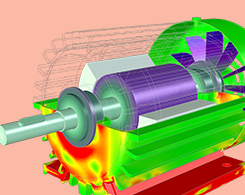
Analyzing the Structural Integrity of an Induction Motor with Simulation
The AC induction motor was invented by either Nikola Tesla or Galileo Ferraris, depending on who you ask. Either way, you can evaluate the structural integrity of this device with simulation.

Modeling a Transient Contact Problem with Stick-Slip Friction Transition
Stick-slip friction transition is a phenomenon relevant to many transient mechanical contact problems. You can use structural analysis to evaluate these effects.
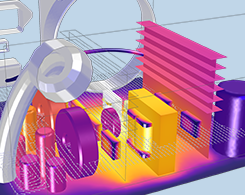
Modeling Natural and Forced Convection in COMSOL Multiphysics®
Get an overview of several approaches for modeling natural and forced convection in COMSOL Multiphysics®, starting with the simplest method and adding complexity from there.
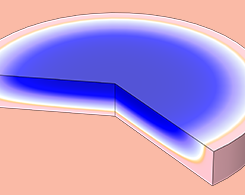
Analyzing Heat and Mass Transfer During Cake Baking with Simulation
As you bake a cake, there are many complex heat and mass transport processes taking place behind the oven door. Take a closer look at the art and science involved in the cake baking process…
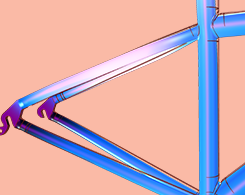
Analyzing the Mechanical Performance of a Tricycle Frame Design
Tricycles have 3 wheels and countless uses due to their extra support and load capacity. Design a tricycle that meets safety requirements by analyzing its mechanical performance.
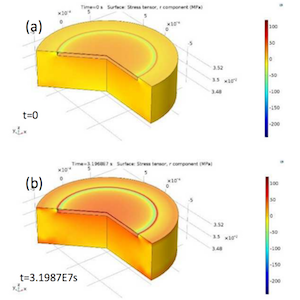
Studying the Influence of Concrete Phenomena on Sensor Performance
Some concrete structures use embedded sensors to monitor their stability, but the concrete itself can interfere with the sensors’ performance. Researchers used simulation to address this issue.
